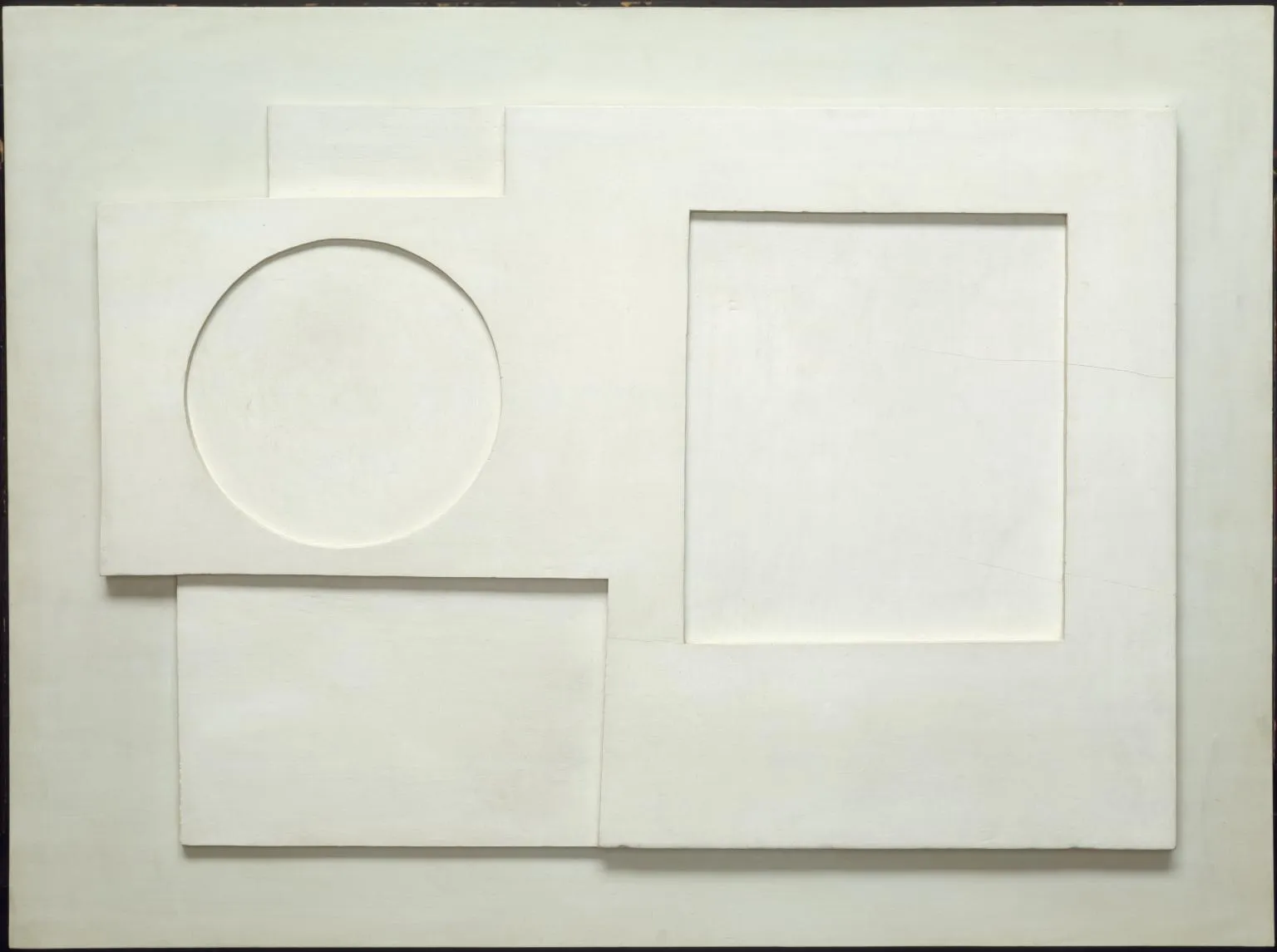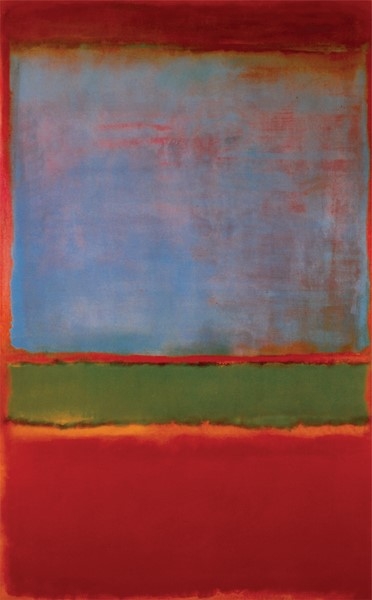Plunging into abstract art
Abstract art often provokes confusion among its observers. Puzzled murmurs echo through galleries and cause us to ask what really is it? And in the realm of art, what does abstract embody? Abstract art embraces forms, lines, and colours to birth a composition that could stray far from any real-world resemblance.
Artists like Wassily Kandinsky, Kazimir Malevich, and Piet Mondrian left indelible imprints on the pages of history, birthing the first abstract artwork between 1910 and 1915 even though the term was not prevalent until the 1940's. In their time the art form was referred to as non representational art. These artists worked in a variety of styles such as fauvism, symbolism and cubism.
Its significance in the evolution of modern art is staggering. It heralded an artistic revolution, liberating art from the fetters of naturalism and representation that held sway since the Renaissance. Abstract art continues to captivate and confound artists today, and its relentless evolution is woven tightly into the fabric of art's overall growth.
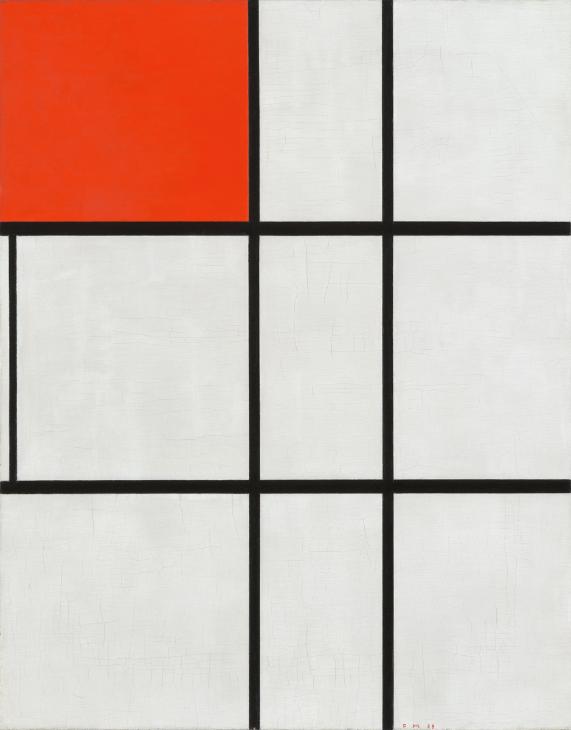
The Dawn of Abstract Art
The emergence of abstract art can be traced back to the twilight of the 19th century and dawn of the 20th century. This epoch witnessed artists abandoning traditional forms of representation. Early pioneers of the movement Wassily Kandinsky, Kazimir Malevich, and Piet Mondrian. While pinpointing the inventor of abstract art is a slippery slope, these artists are recognised as trailblazers of abstract styles and techniques.
The Why and When of Abstract Art's Inception
The early 20th century saw the budding popularity of abstract art. But it was only around 1910 that this art form began to be recognised as a legitimate entity in the artistic realm. The invention of photography, the acceleration of industrialisation, and the escalating abstraction of modern life all served as catalysts for abstract art's development.
Its significance lies in its capacity to enable artists to craft something unique, breaking free from the usual expectations of art. It compels viewers to peer beyond their knowledge and understanding, urging them to venture into new territories of thought and vision.
In totality, the origins are intricate and multi-layered, and the precise beginnings of this style continue to stir debate. But it's indisputable that the movement has made a lasting impression on the art world, continuing to inspire artists and art enthusiasts alike.
Identifying the Key Characteristics of Abstract Art
Abstract art, a form of visual art, does not necessitate the depiction of any recognisable object or scene. Rather, it employs shapes, lines, colours, and textures to birth a composition that deviates from reality, granting the viewer the freedom to interpret the artwork in their unique way. In this section, we will delve into the key characteristics of abstract art.
The Non-representational Essence of Abstract Art
The most fundamental characteristic of abstract art is its non-representational nature. It refrains from depicting real objects, people, or scenes. Instead, it embarks on a journey through the visual language of art, utilising elements such as colour, form, line, and texture to provoke an emotional or sensory response in the viewer.
A Rebellion Against Tradition
Abstract art represents a significant rebellion against traditional modes of artistic expression, which are often rooted in realistic representation. Rather, it seeks to break free from the constraints of reality, striving to capture the essence or spirit of things without mimicking their outward appearance.
The Diversity of Styles and Techniques
Abstract art can be conceived in a myriad of different styles and techniques. Some artists dabble with geometric shapes, while others gravitate towards organic, flowing forms. Some artists favour broad strokes of colour, while others use intricate patterns or textures to create a sense of depth.
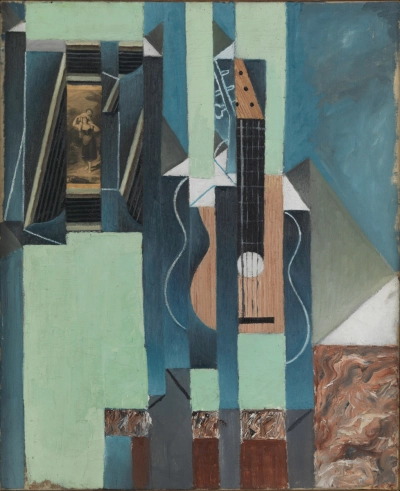
Non-objective Abstract Art
This embodies the purest form of abstraction. Rather than merely distorting reality, it detaches entirely from any reference to the tangible world. Preeminent artists, including Wassily Kandinsky and Kazimir Malevich, blazed the trail for this style, crafting works that were intrinsically self-referential, placing an emphasis on form, colour, and line.
Cubism
Was a revolutionary form of abstract art championed by icons such as Pablo Picasso and Georges Braque, challenged the conventional by showcasing objects from a myriad of perspectives within a singular composition. This method shatters the work into numerous geometric fragments, delivering a conceptual rather than a realistic interpretation of reality.
Abstract expressionism
Originating in the aftermath of World War II, Abstract Expressionism promotes free, spontaneous, and intensely personal emotional expression. Artists like Jackson Pollock and Willem de Kooning employed daring strokes, drips, and paint splatters, echoing raw energy and emotion rather than striving for visual precision.
Suprematism & Constructivism
This Russian art movement, aspired to construct a novel genre of art befitting the modern industrial epoch. Suprematism, fathered by Kazimir Malevich, was rooted in basic geometric shapes, with a special emphasis on the square and the circle. On the other hand, Constructivism, steered by Vladimir Tatlin, leveraged industrially produced materials to design abstract sculptures reflecting contemporary society.
Minimalist Abstract Art pares down artwork to the fundamental elements of colour and form, often featuring repeated geometric patterns. Artists like Mark Rothko and Agnes Martin celebrated this style, centering their works around simplicity and purity to provoke a meditative response from the viewer.
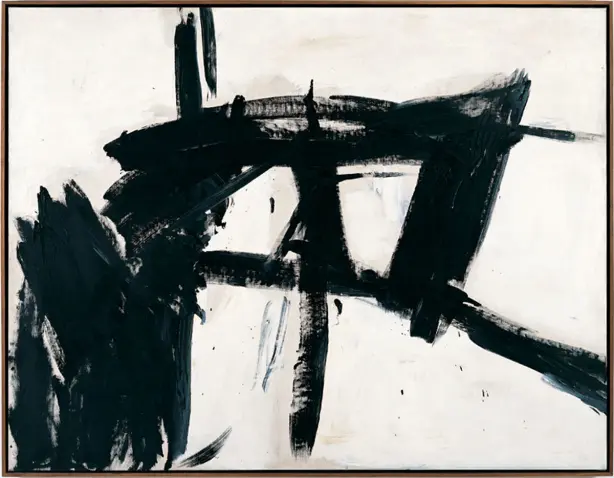
Saluting the Masters: Iconic Abstract Artists
Abstract art has left its mark since the early 20th century, evolving into a widely recognised and appreciated art form. Some of the most iconic abstract artists to have ever graced the canvas are outlined below.
Wassily Kandinsky
Wassily Kandinsky, a pioneer of abstract art, traded his career in law to chase his artistic dreams. He was among the first artists to create wholly abstract masterpieces. His work was influenced by surrealism and is celebrated for its audacious use of colour and design, often integrating geometric shapes and lines both watercolour and abstract canvas.
Piet Mondrian
Dutch artist Piet Mondrian played a pivotal role in shaping the De Stijl movement, which advocated the use of simple shapes and primary colours. He was a firm believer in the universality of art, and his abstract work often mirrored his faith in the harmony of the universe.
Kazimir Malevich
Russian artist Kazimir Malevich was the founder of the Suprematism movement, which prioritised the pure abstraction of form. His iconic work "Black Square" is regarded as one of the first abstract pieces of art. An avant-garde artist and art theorist who merged impressionism with fauvism and cubism.
Franz Kline
American artist Franz Kline is a renowned abstract painter. His work often featured bold, sweeping gestures and a monochromatic colour palette. His preferred technique was "action painting," which involved dripping or splattering paint on the canvas.
Joan Mitchell
American artist Joan Mitchell drew her inspiration from the beauty of nature. Her abstract paintings often featured vibrant colours and dynamic brushstrokes, reflecting her love for the natural world. She is considered a leading figure of abstract expressionism.
Willem De Koonig
Willem de Kooning, a Dutch-American artist, was a trailblazer in the Abstract Expressionist movement that swept the mid-20th century. Born in the heart of Rotterdam, Netherlands, in 1904, he set sail for the United States in 1926 and soon found himself at the epicentre of the New York art scene. De Kooning is celebrated for his abstract paintings that dance with colour, form, and line, each stroke a testament to his artistic prowess.
His most renowned series, "Woman," is a powerful exploration of the female form that often leaves viewers on the edge of their seats. Despite his deep roots in Abstract Expressionism, de Kooning never completely severed ties with the depiction of the human figure. His work is a symphony of raw, emotive energy that delves deep into the human experience. Each canvas is a testament to his ability to capture the essence of emotion and the intricacies of life.
The Resounding Impact of Abstract Art on Modern Culture
One the most popular and influential art movements that has had a profound impact on modern culture. In this section, we delve into some key aspects of this distinctive art form and elucidate why it is so consequential.
In essence, abstract art does not strive to replicate reality faithfully but rather zeroes in on the emotions and visual sensations of the artist or viewer.
Its inception was a revolutionary force, dismissing naturalism and the representation of reality. Its impact on modern culture is substantial, as it paved the way for new forms of expression and experimentation. Abstract art disputed the idea that art should reflect the physical world and instead emphasised the importance of individual creativity and subjective experience.
Moreover, it has left its mark on a host of other fields, from design and architecture to fashion and music. Its influence is evident in the use of abstract patterns and designs in a multitude of everyday objects, abstract art prints and spaces, as well as in the evolution of new musical styles like avant-garde, jazz, and rock.
